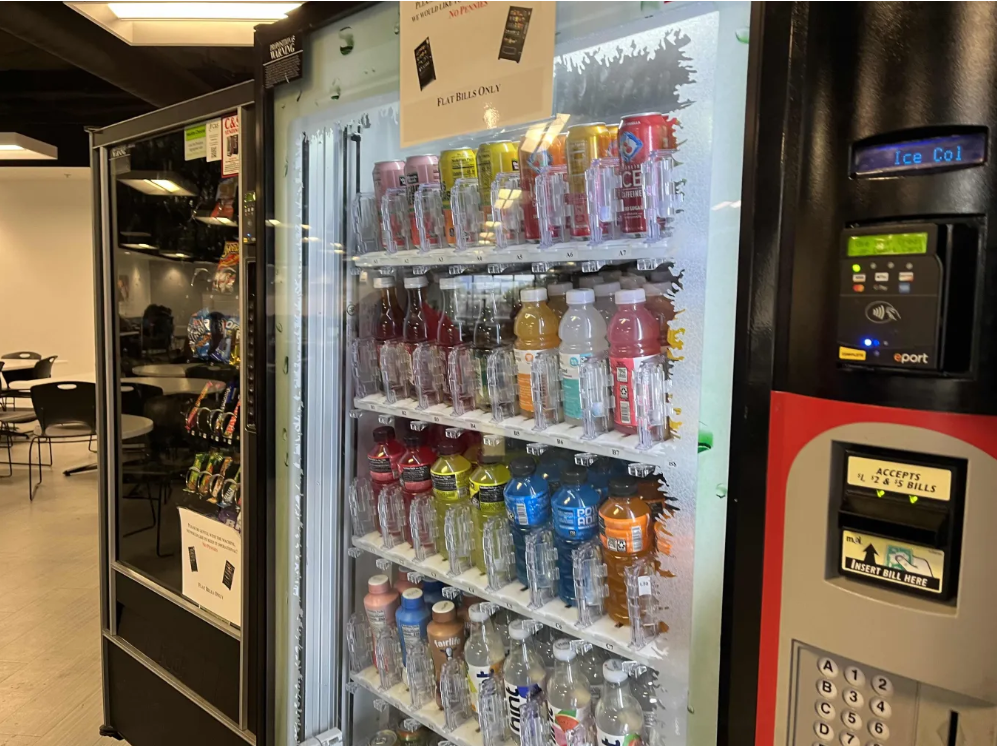When considering children in need, many think of the malnourished and underprivileged. However, children who live in metropolitan cities are vulnerable in ways city planners have failed to consider. We must improve living conditions for everyone, especially children, who will have to face the consequences of our current actions. In recent years, governments across the globe have been pushing for the Child Friendly City, a city that is committed to adopting a child rights approach to local governance, with little momentum. However, it will take more than one country and generation to meet the needs of children.
On June 14, 2022 a 21-month-old girl fell to death due to the improper construction of an apartment building in China. The girl was left behind in an elevator by a negligent nanny, and the elevator took her to the building’s eighth floor. The toddler then walked out of the elevator, fell from a knee-high window and did not survive the fall.
This tragedy caused heated discussion online: some believed that the nanny should be held responsible for the death of the child while overlooking the flawed construction of the building. An image of the window shows that children can easily step out of the window and that there is no barrier. The design of the building reveals a complete disregard for children’s safety, and those overseeing the construction of the building are also culpable for the tragedy. This event exposes the dangers that lie behind many more buildings: children cannot play safely without the watchful eyes of a guardian.
Several places have taken various steps to consider children’s welfare, but the process needs more momentum. Take Shenzhen, a Chinese megacity, for example. Over the past few decades, Shenzhen has grown rapidly from a small village to the metropolis it is now with a GDP of $325 billion. Nevertheless, this rapid development seems to be the detriment of Shenzhen’s youth. The only places where many children have to play are on the edge of busy roads or in the shadow of skyscrapers. The first change came when the government took the advice of children. In a survey, children had the chance to express their opinions about their lives in the city and their wish for their voices to be heard more. They argued that Shenzhen needed to be less polluted, have more recreational spaces, and be better equipped to accommodate vulnerable children, such as those with disabilities. In 2016, Shenzhen launched China’s first Child Friendly City Initiative (CFCI), with the goal of building a child-friendly city that is a livable place for all. The Shenzhen municipal government consulted specialists to set guidelines and criteria for child-friendly parks, libraries, schools, and hospitals to accommodate children’s needs. China will also implement child-friendly city pilot programs in more than one hundred cities with a sound economic foundation and population of over a million.
China is not the only country trying to protect its children: the Child Friendly Cities Initiative (CFCI), founded on the UN Convention on the Rights of the Child, was established by UNICEF and UN-Habitat in 1996 to assist municipal governments in realizing children’s rights at the local level. A child-friendly city (CFC) takes account of the voices, needs, priorities, and rights of children when creating public policies, programs, and decisions. As part of the CFCI, Iceland has established an online learning portal with a variety of courses on the rights of children and guidance for the implementation of the The Child Friendly Cities Initiative. The program aims to put 80 percent of Iceland’s children in participating municipalities by 2024. The United States is also prioritizing the interests of children by executing an action plan.
Even when children’s needs and rights are reflected in city plans, the changes are slow to take effect. More immediate measures beyond a ten-year plan are needed to protect children who are currently at risk. In 2021, a 12-year-old boy from Brazil died after being electrocuted when flying his kite into a high-voltage power line. If children in cities were injured, it goes without saying that those who do not have a nanny 24/7 are in bigger danger. Although there are efforts to construct a more child-friendly world, children’s needs and rights are still neglected and infringed upon. It does not take too much to make a city more child-friendly, but it does require more inclusive policies, more friendly services, and governments that listen to its youngest citizens.

















![Teacher [Milk] Tea: Part 2](https://bisvquill.com/wp-content/uploads/2024/03/Screen-Shot-2024-03-19-at-9.28.48-PM.png)




































